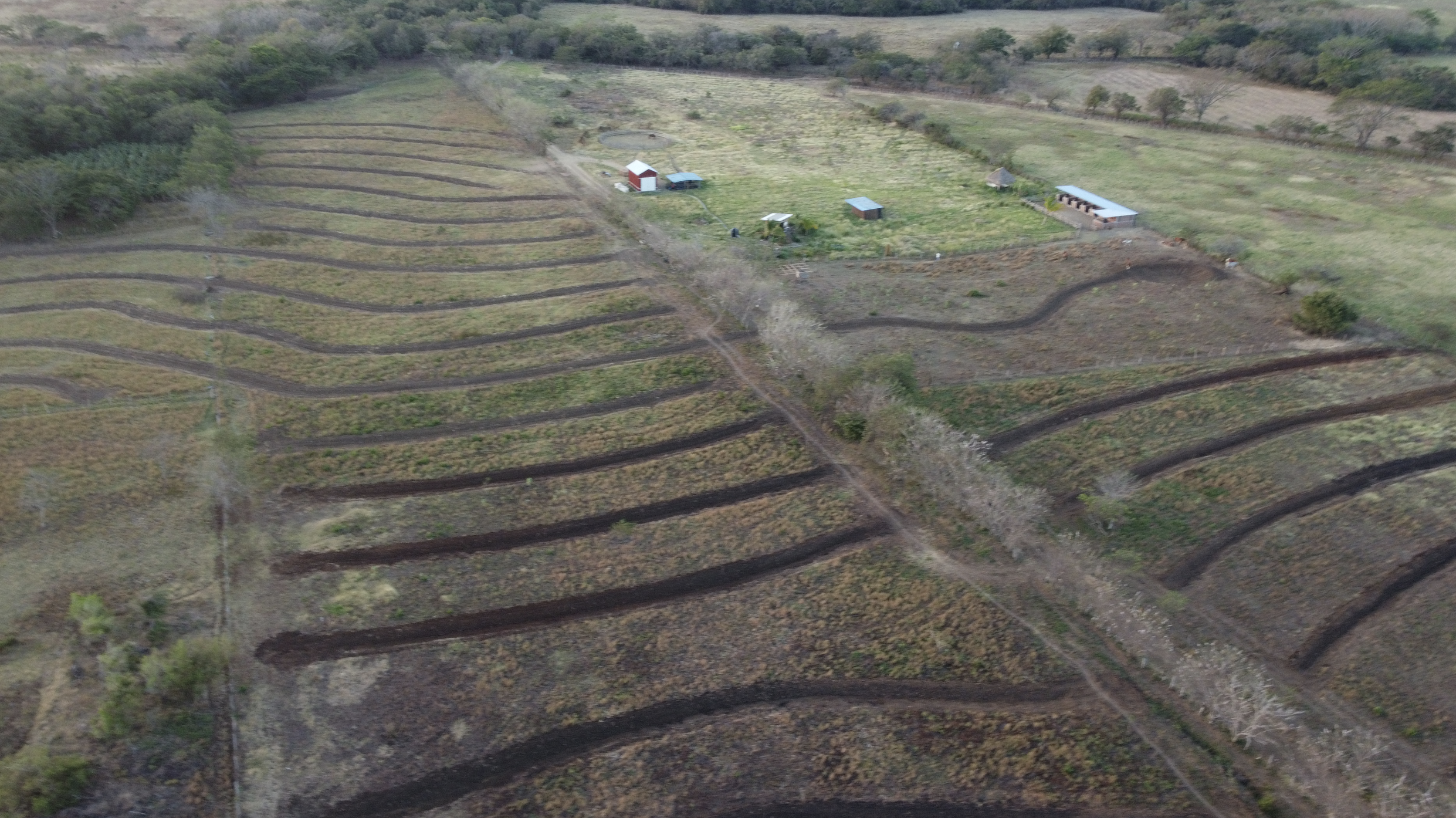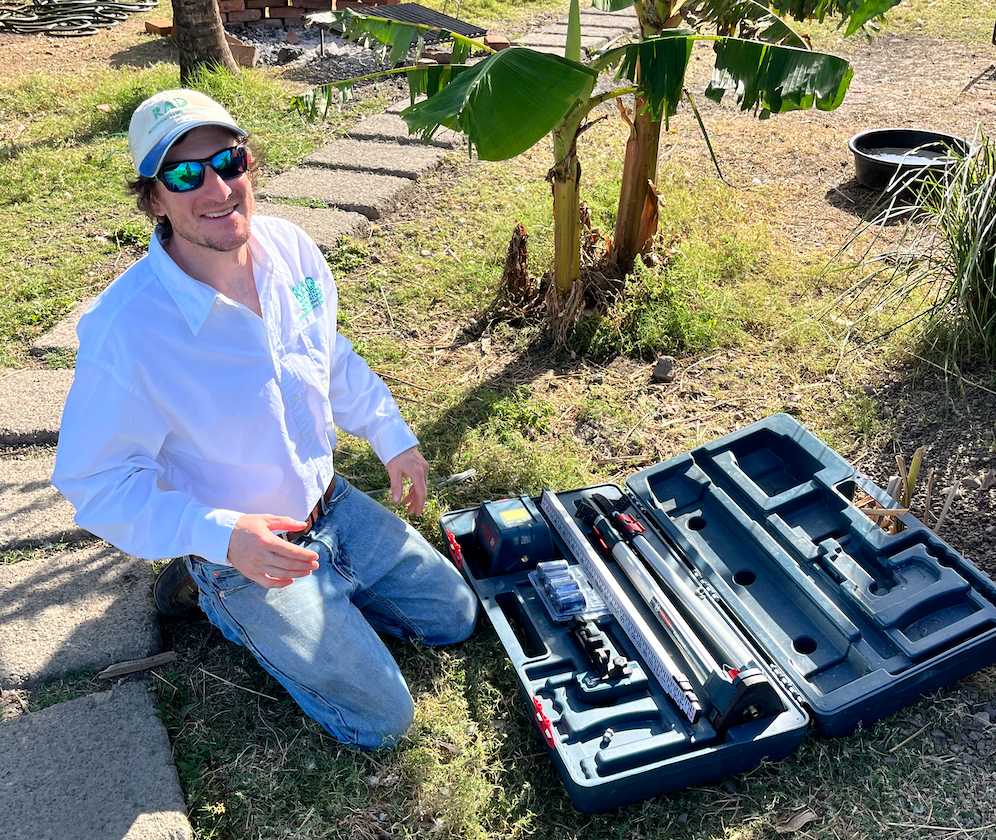RAD – Water Management System
RADical Water Management in southern Nicaragua
The foundation of any serious grow operation is a rock solid water management system.
This is especially true in the heavily degraded and brutally mismanaged dry tropical pacific coast forest ecosystem of southern Nicaragua.
While there is plenty of precipitation between june and november (rainy season) the rain completely stops around december. So mitigating this extreme dry season is crucial to success.
The deforested and cow burnt agricultural lands of this area are compost primarily of heavily compacted clay that desiccates and cracks wide open during the dry season, so when the rain does fall it sheets over the landscape and flows rapidly into the rivers and out into the ocean.
This presents a unique and difficult challenge.
We knew we had to figure out a way to slow and store the abundant water during the dry season but werent sure of the most efficient strategy to implement on the 60+ acre parcel.
We spent the first year walking the land and observing the patterns, suffered through P A Yeomans “Water for every farm”, watched a ton of youtube videos and poured through another handful of water management texts.
Unravelling this golden thread eventually led us to Mark Shepard and his team at Restoration Agriculture Development (RAD).
After digesting “Restoration Agriculture” and “Water for any farm” by Mark Shepard we felt confident that the RAD team would be our best path forward.
We had a few online consultations with Karen and Jake from RAD and decided to pull the trigger and hire them as consultants to fly down to Nicaragua and assist us in planning and implementation of a large scale water management system using their adapted keyline methods.
We all agreed it was worth the cost to be sure to get this right from the beginning.
In February 2023 we had the pleasure of hosting Jake from Cedar Spring Farms, CO and Oliver from Regenerative Skills for a paradigm shifting , fast paced weel of field work.
We all became friends fast and after a few logistical hiccups, got right to work. Jake and Oliver patiently walked us through the thought processes behind the planning and map work and then taught us how to implement the ideas and install the earth works in the field, skills that have already proven to be worth their weight in gold. At the end of the week we had successfully laid out and installed 3200 meters of swales and 12 ponds throughout the bottom,most acessable areas of the farm.
The aerial view shows long, serpentine key line swales traversing the landscape and terminating in ponds and parallel swales/alleys radiating out from the key lines.
A truly beautiful site that complements the landscape and topography.
We want to work with the natural patterns to harness and exploit the energy to meet our goals.
Forcing inefficient ideas or impractical biases on the landscape will only lead to future problems and wasted resources.
So now its May and every day we are praying for the rains to start to we can watch the ponds fill and the landscape transform from brown to green again.
Its a very exciting time to see the years of planning come in to fruition.
We will be planting the first wave of fruit and hard wood trees (around 6k trees) this season and fortifying the pond berms with vetiver while keeping our fingers crossed that we dont get any crazy storms that sweep through and wreak too much harvoc.
Additionaly we have partnered with the RAD team to host a workshop next year in january 2024 with the long term goal of developing Rancho Nanacatl in to a flagship farm to demonstrate the efficacy of these water management strategies in this region.
Stay tuned for updates as the rain starts to fall.
Written by Al
Find an aerial video of the entire project on our instagram:





